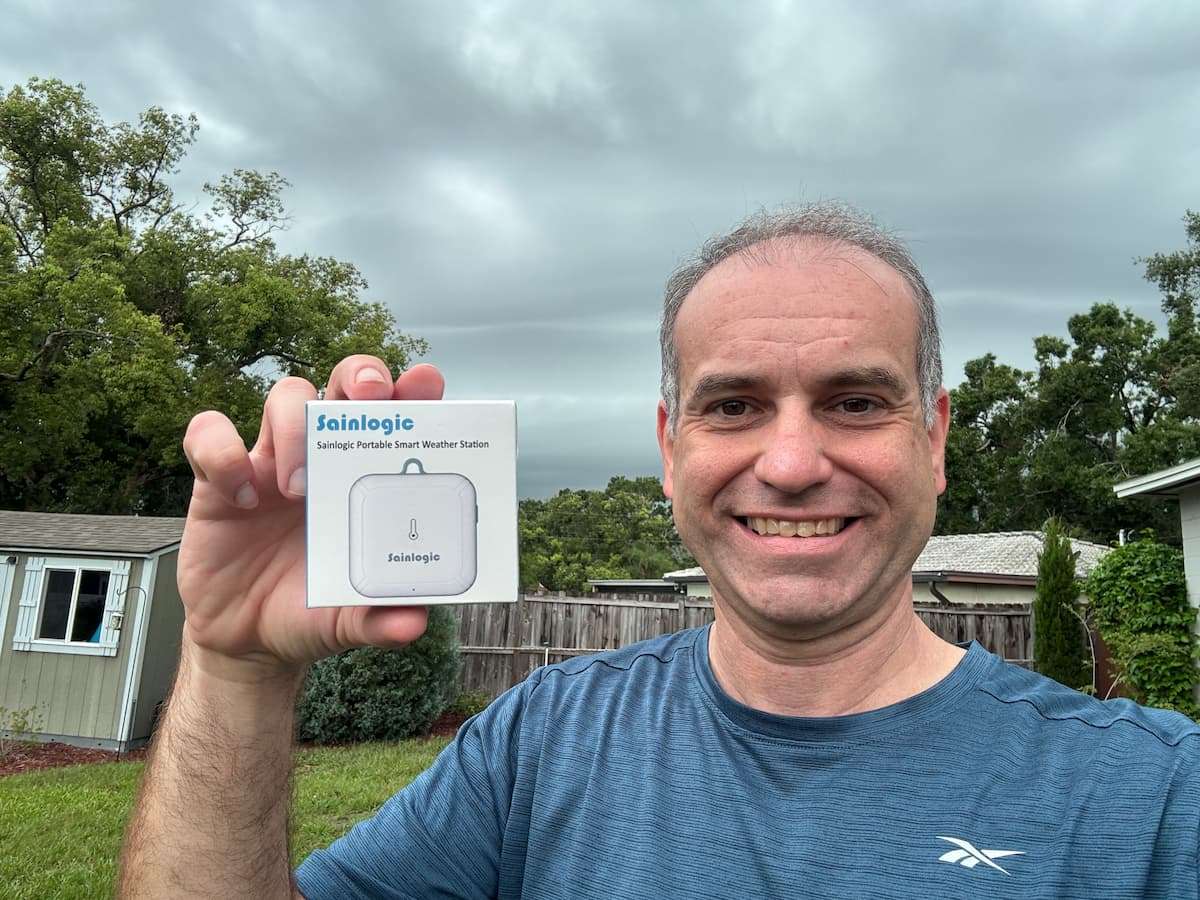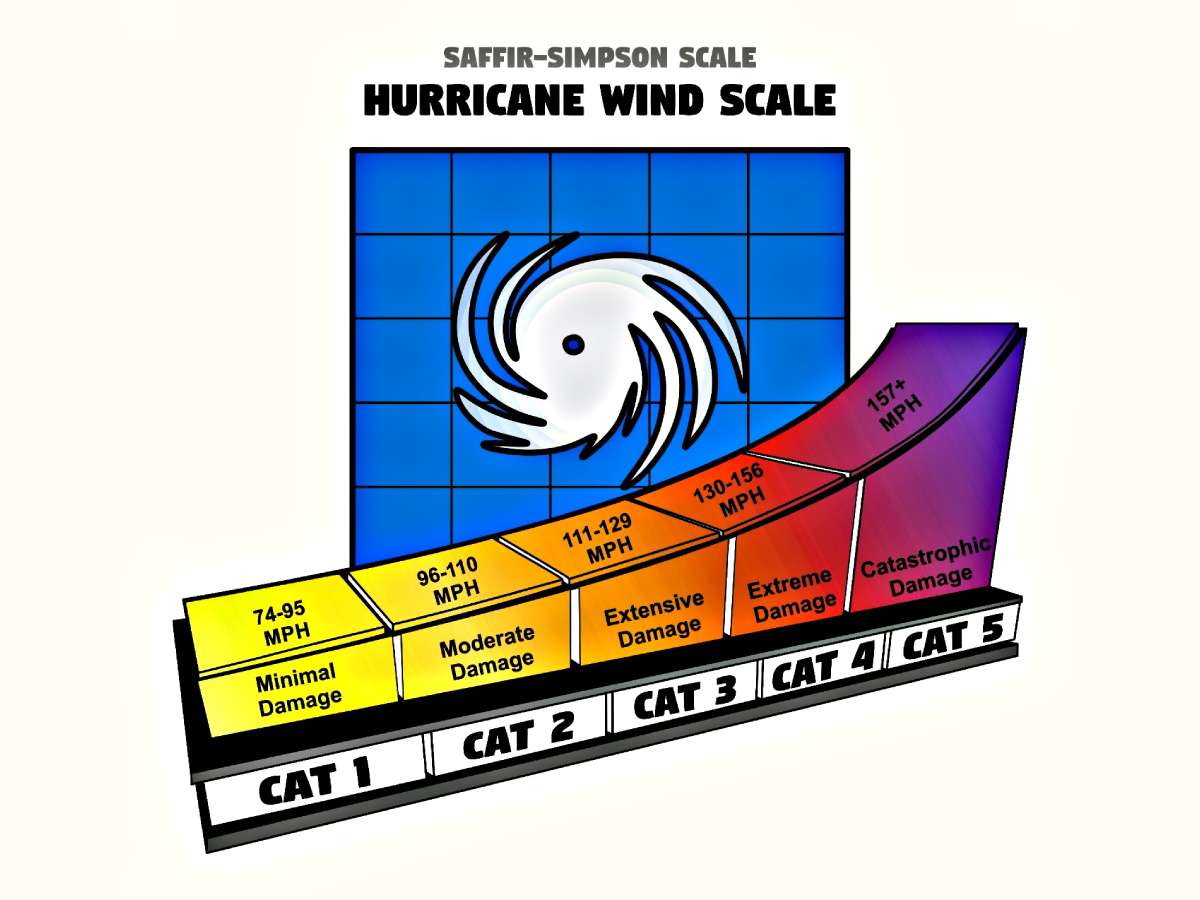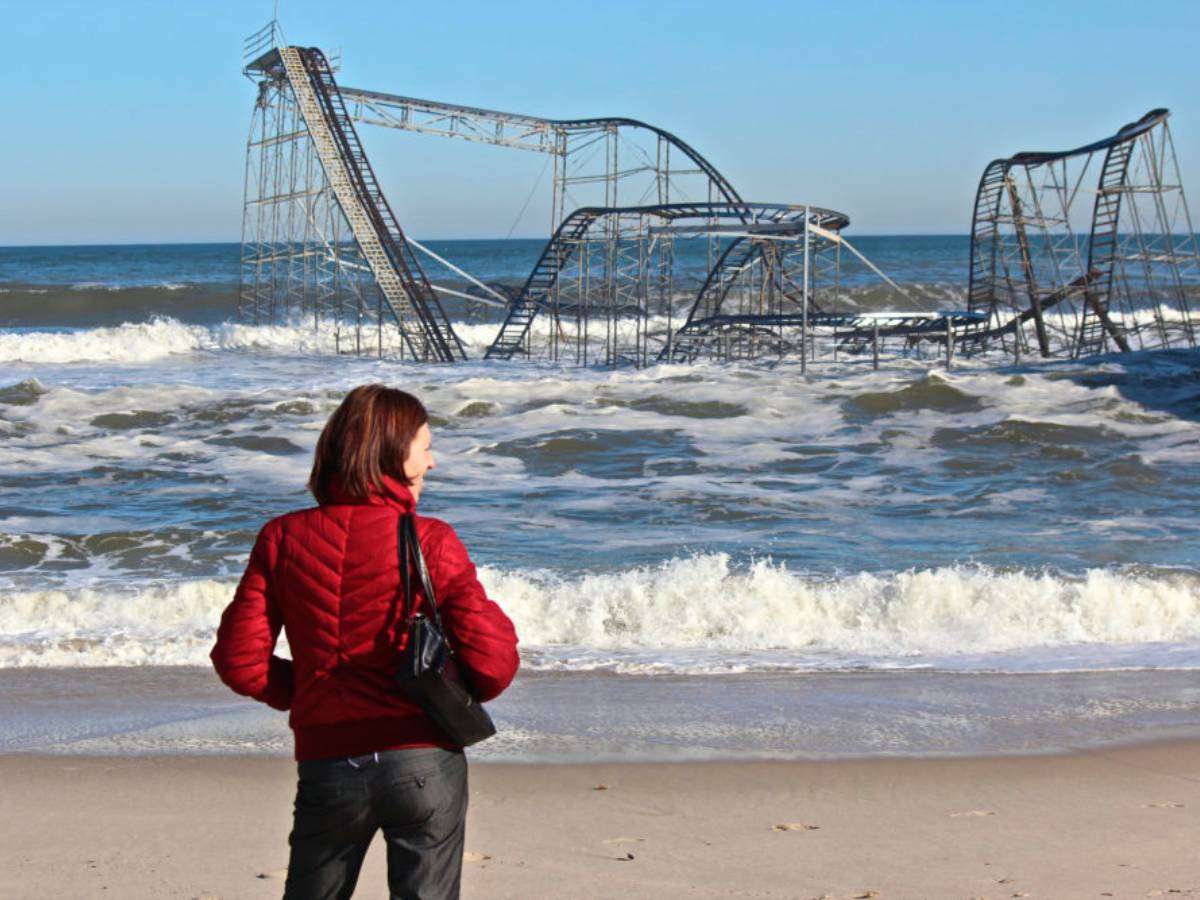Storm Surge Dangers
A storm surge is one of the biggest dangers along the coast when a hurricane, tropical storm, or other serious sea storm makes landfall.
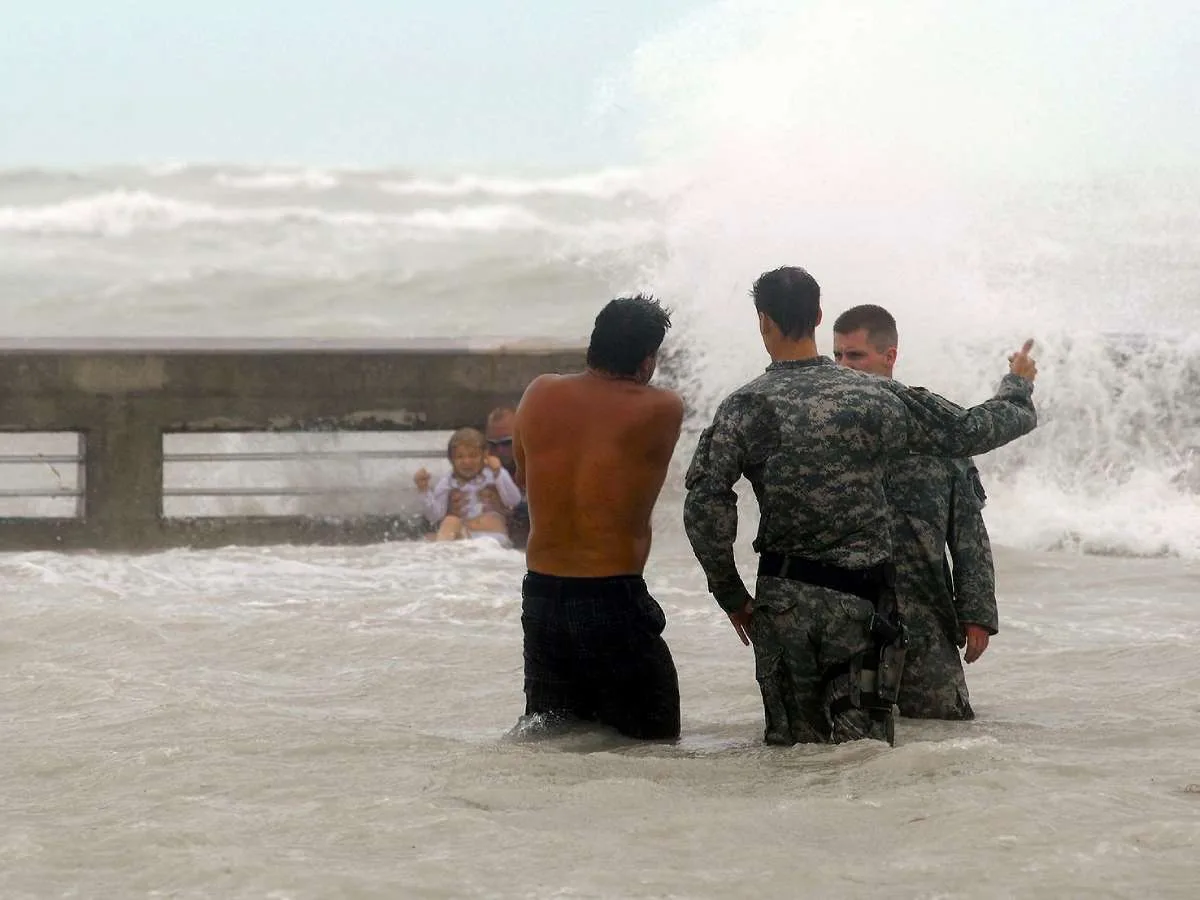
While many people think wind damage is the most serious impact of severe weather such as hurricanes, it’s often the case that coastal storm surge flooding leads to the greatest loss of life and property.
What exactly is a storm surge? Why are storm surges so bad? And how can you stay safe from floods and rising waters during a hurricane or other tropical storm event?
Here’s everything you could possibly want to know about storm surges and how to stay safe…
Why Are Storm Surges So Dangerous?
Perhaps you remember the damage that Hurricane Katrina caused in New Orleans…
Most of it wasn’t wind damage. Rather, it was flooding — and much of it was caused by the surge of water that swelled along the coastline.
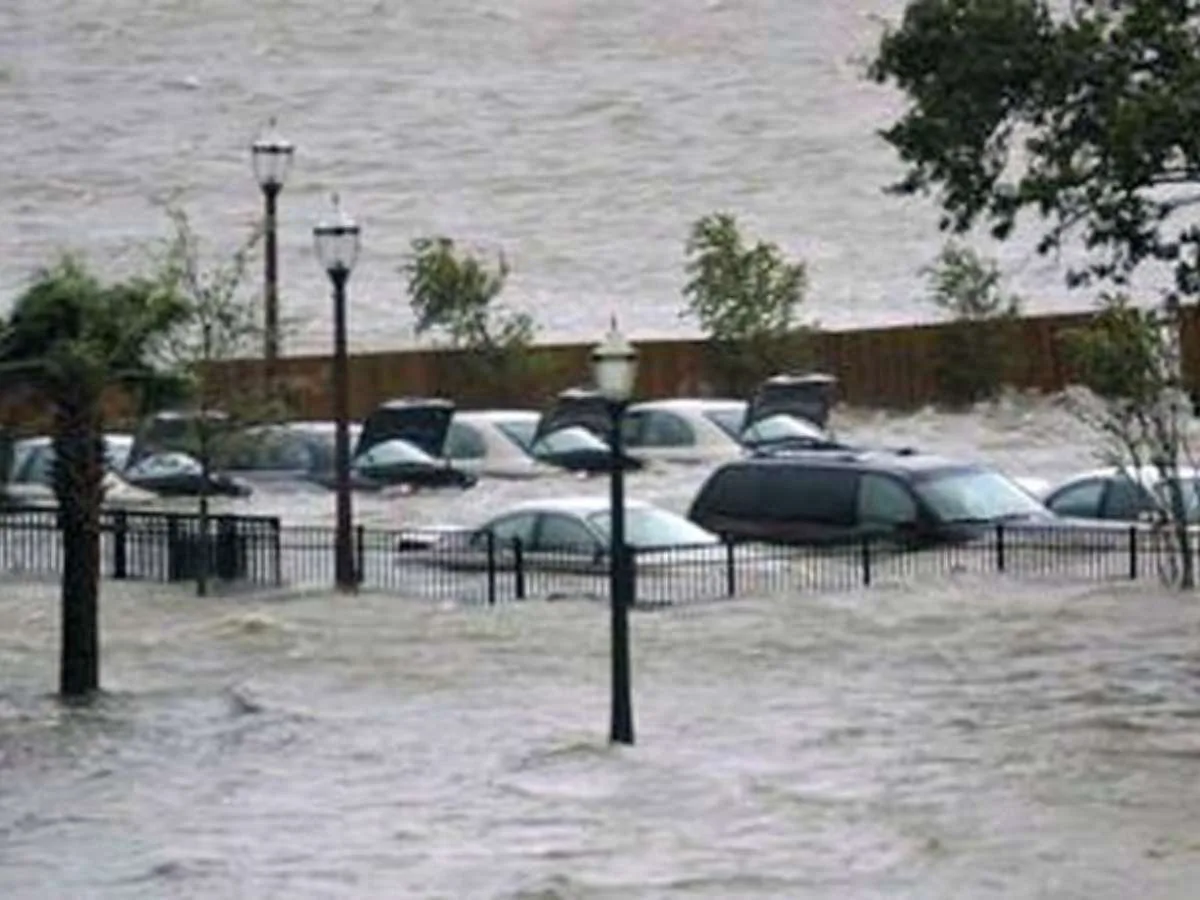
The storm surge flooded parishes all around Lake Pontchartrain. Many of the 1,500 deaths caused by Hurricane Katrina are linked to the storm surged that ravaged the New Orleans area.
A storm surge is like a wall of water that slams against the shore, flooding all nearby low-lying areas.
Storm surges cause flooding across several miles — and they are capable of submerging entire cities under several feet of water.
This is just one reason why coastal towns are terribly dangerous places to be when a hurricane or tropical storm makes landfall.
Another problem that storm surges pose is that they don’t always settle back and drain away quickly.
If the flooding engulfs a low-lying region set within a topographic map bowl (such as is the case with New Orleans), the water can sit in the affected area for days — even weeks — at a time before draining or evaporating.
When the flood waters pour in:
- People can become trapped in their homes
- Buildings can suffer irreparable damage to foundations and walls
- Emergency crews may be unable to respond to calls due to impassible streets and highways.
Did You Know?… Only 6 inches of fast-moving flood water can push over an adult. Only 2 feet of rushing water can carry away a vehicle.
It’s possible that as climate change causes sea levels to rise, the adverse effects of storm surges may increase as water levels lick ever closer the shores of major coastal cities.
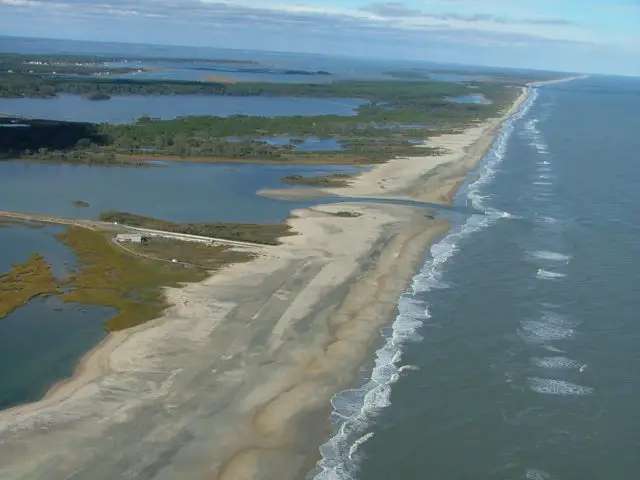
Storm Surges vs. Storm Tides
A storm surge is the bulge of water that rises under a hurricane or tropical storm due to lower atmospheric pressure and strong winds within the storm system.
Storm surges are different from storm tides in these ways:
- A storm surge is the abnormal rise of the sea level above the predicted astronomical tide that would usually occur.
- A storm tide is the amount of water above mean sea level, including astronomical tide and storm surge.
NOTE: It’s important to remember that storm surges are in no way related to tsunamis (which are long, high waves caused by events such as earthquakes and landslides).
What Determines The Size & Strength Of A Storm Surge?
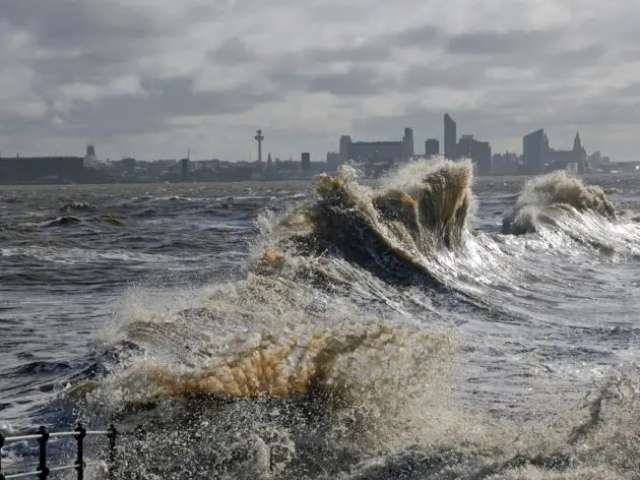
The size of a storm surge depends on various factors, including:
- Intensity of the storm
- Size of the storm system
- Storm’s speed of forward motion toward land
- System’s angle of approach toward land
- Slope of the sea floor near land
Perhaps the most significant factor influencing the strength or magnitude of a storm surge is the atmospheric pressure within the weather system.
The lower a storm’s barometric pressure is, generally the more intense the storm will be AND the higher the storm surge will be.
Stronger storms mean higher storm surges!
Here’s a look at the 5 hurricane categorical strengths and the relative storm surge levels that each can unleash:
- Category 1 Hurricane (Winds of 74 to 95 miles per hour): 4- to 5-foot storm surge above normal tides
- Category 2 Hurricane (96 to 110 MPH): 6- to 8-foot storm surge
- Category 3 Hurricane (111 to 130 MPH): 9- to 12-foot storm surge
- Category 4 Hurricane (131 to 155 MPH): 13- to 18-foot storm surge
- Category 5 Hurricane (155 MPH or greater): 18-foot or greater storm surge
As you can see… The stronger the hurricane winds are, the higher and more dangerous the storm surge is.
5 Ways To Stay Safe When A Storm Surge Hits
Storm surges can be very dangerous, but there are ways to protect yourself from these hurricane flood waters.
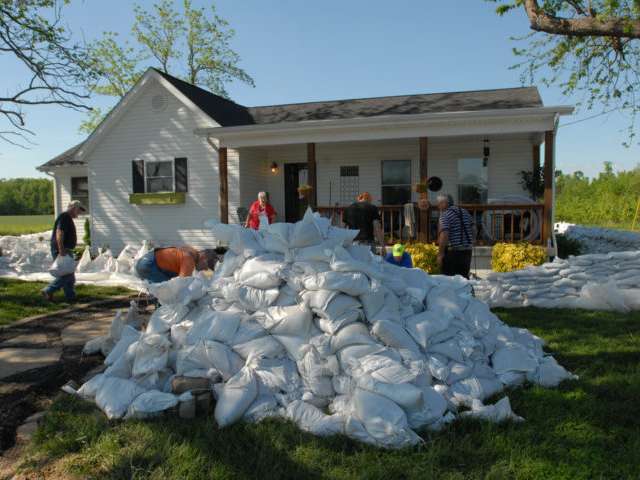
Here are the 5 most important ways to stay safe during a storm surge:
#1 – Have a plan.
Before a hurricane hits, you should have a personal Storm Safety Plan for you and your loved ones.
Include all of these in your Storm Safety Plan:
- A family/household communication plan
- A plan for receiving up-to-date emergency alerts
- A plan for evacuating your home, if necessary
- A plan for obtaining shelter nearby, if necessary
- A plan for stocking up on supplies and emergency items
#2 – Protect your home against flood water.
The best thing you can do is to place sandbags near all ground-level openings around your house.
Also, be sure to secure all outdoor items that could possibly become projectiles in high winds OR float away in flood waters.
#3 – Know your local evacuation route for hurricanes.
Refer to this list of U.S. evacuation routes. And make sure that your entire family knows the plan for evacuating to higher, drier ground. (Figure out ahead of time exactly what you’re going to pack. Here’s a list of necessities to pack for evacuation.)
#4 – Know where the nearest local hurricane shelter is.
Use this Red Cross list of shelters to find out where the nearest storm shelters are in your community. (I evacuated my home and stayed in a hurricane shelter once — here’s what it’s was like.)
#5 – Stay tuned to the local news.
The best way to know what’s happening during a hurricane or tropical storm is to keep in touch with local TV, radio, and Internet media for the latest weather forecasts, storm updates, and advisories.


